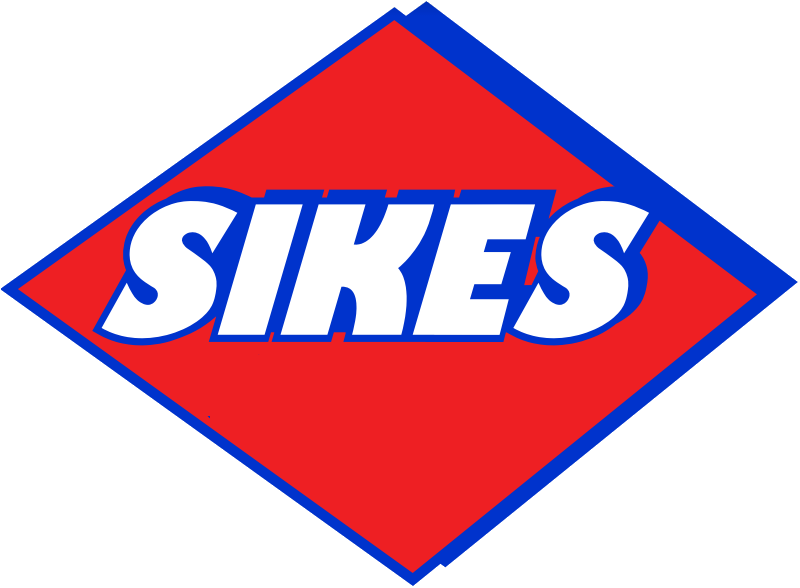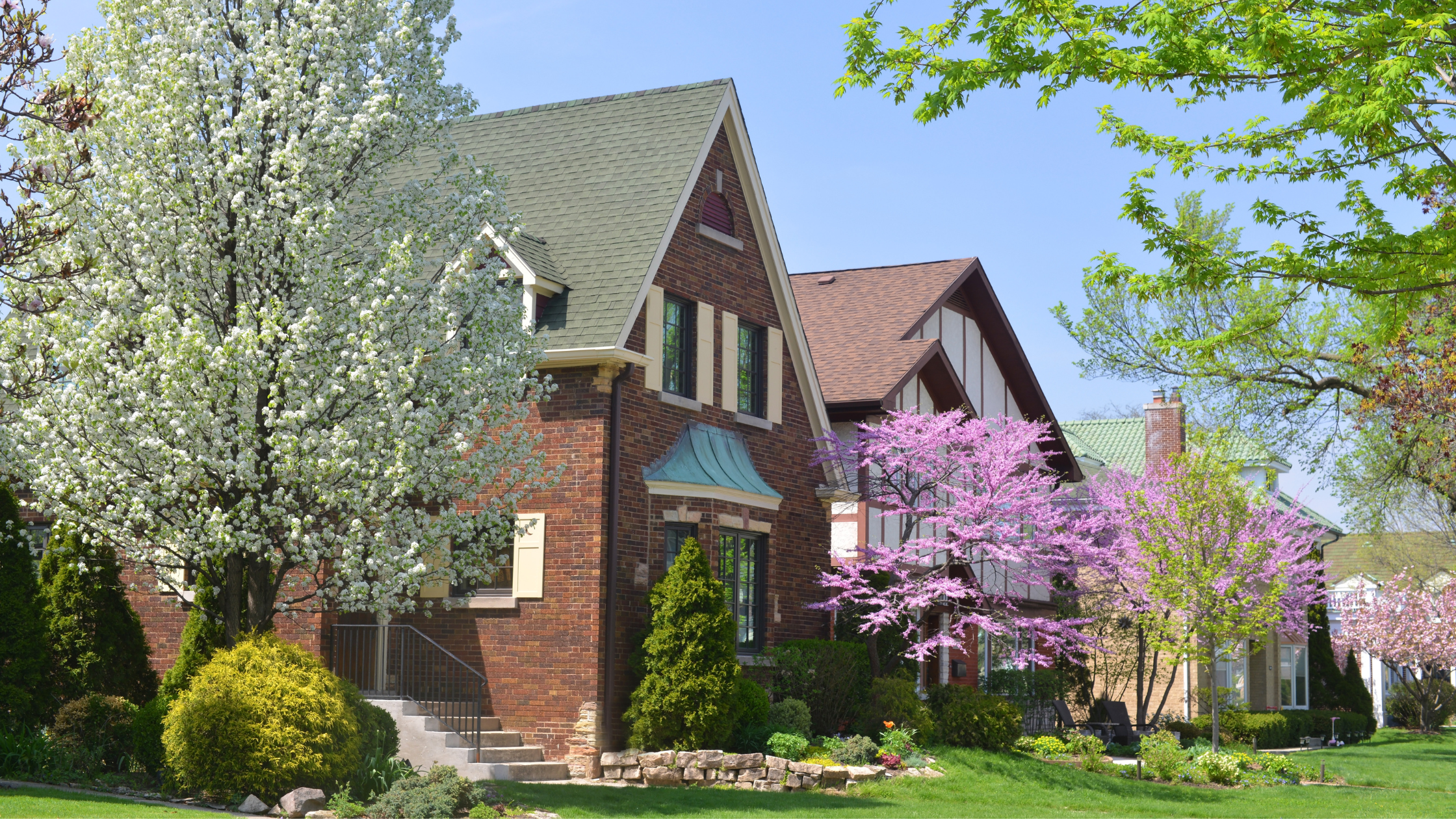Precast concrete is a construction material that is cast and cured offsite in a factory setting, before being transported to the construction site to be installed. This type of concrete has several benefits when it comes to commercial construction projects, making it a popular choice among builders and developers. In this blog, we'll delve into the top benefits of using precast concrete for commercial construction projects.
Benefits of Using Precast Concrete
Precast concrete offers numerous benefits for construction projects. Here are some examples:
Improved Construction Efficiency
One of the major benefits of using precast concrete is that it can significantly improve construction efficiency. Because the concrete is cast and cured offsite, it can be produced in large quantities and at a faster rate than onsite casting. This reduces the time required for the casting and curing process, allowing construction to progress more quickly.
Furthermore, precast concrete can be produced in a controlled environment, which means that the quality of the finished product is more consistent. This can help to reduce the risk of defects and delays caused by poor-quality concrete.
Reduced Onsite Labor Costs
Another advantage of using precast concrete is that it can help to reduce onsite labor costs. Because the concrete is cast and cured offsite, there is less need for onsite labor during the casting and curing process. This can lead to significant cost savings, particularly for large-scale projects where labor costs can quickly add up.
Enhanced Safety
Precast concrete can also improve safety on construction sites. Because the concrete is cast and cured offsite, there is less need for workers to be exposed to the risks associated with casting and curing concrete onsite. This can help to reduce the risk of accidents and injuries, improving overall safety on the construction site.
Improved Sustainability
In addition to the practical benefits, precast concrete can also be a more sustainable option for commercial construction projects. Because the concrete is cast and cured offsite, there is less waste generated on the construction site. This can help to reduce the environmental impact of the project and make it more sustainable.
Precast concrete can also be recycled at the end of its lifespan, further reducing its environmental impact.
Enhanced Durability
Precast concrete is known for its durability and longevity. Because it is cast and cured offsite in a controlled environment, the quality of the finished product is generally higher than that of onsite-cast concrete. This can lead to a longer lifespan for the finished structure, reducing the need for costly repairs and maintenance in the future.
Increased Design Flexibility
Precast concrete can also provide increased design flexibility for commercial construction projects. Because it is produced offsite, it can be customized to meet the specific needs and requirements of the project. This can include custom shapes, sizes, and finishes, allowing for greater design creativity and flexibility.
Precast Concrete vs. Onsite-Cast Concrete
While precast concrete offers many benefits for commercial construction projects, it's worth considering whether it is the right choice for your specific project. Here are a few factors to consider when deciding between precast concrete and onsite-cast concrete:
Cost
Precast concrete can often be more expensive upfront due to the cost of production in a factory setting. However, the overall cost of the project may be lower due to the improved construction efficiency and reduced labor costs.
Speed
Precast concrete can be produced more quickly than onsite-cast concrete, which can help to reduce the overall construction time.
Quality
As mentioned earlier, the quality of precast concrete is generally higher due to the controlled environment in which it is produced. This can lead to a longer lifespan for the finished structure and reduced maintenance costs in the long run.
Transportation
Precast concrete requires transportation from the factory to the construction site, which can add to the overall cost of the project. Onsite-cast concrete, on the other hand, does not have this added transportation cost.
Design
While precast concrete offers increased design flexibility, it may not be suitable for all projects. Onsite-cast concrete may be a better choice for projects that require complex or unique shapes that cannot be easily produced in a factory setting.
Key Takeaways
Overall, precast concrete can be a highly effective and efficient choice for commercial construction projects. Its improved construction efficiency, reduced labor costs, enhanced safety, improved sustainability, enhanced durability, and increased design flexibility make it a popular choice among builders and developers. While there may be some added upfront costs, the long-term benefits of using precast concrete can make it a cost-effective choice in the long run. So, it is always wise to weigh the pros and cons and consider all factors before deciding which type of concrete to use for your commercial construction project.




